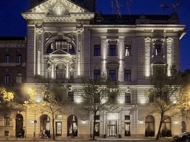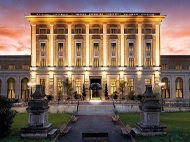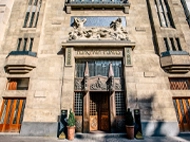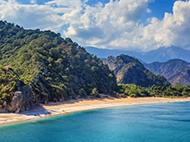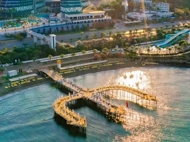
Széchenyi Chain Bridge in Budapest
The Széchenyi Chain Bridge spans the distance between Buda and Pest, connecting the two via the River Danube. Travelling back and forth between the eastern and western side of Budapest has been made easy thanks to the Chain Bridge, which is one of the most well-known landmarks in the city. When you visit the bridge for yourself, prepare to have your breath taken away at the stunning views across Budapest.
Overview of the bridge
As the first permanent crossing across the Danube in the country, the Széchenyi Chain Bridge is the most famous bridge in the city. It got its name after the iron chains that are anchored by huge iron blocks deep underground.
As you approach the bridge, you’re welcomed by two giant stone lions at each side. They were sculpted by János Marschalkó and placed at their lookout points in 1852. The lion theme runs into the main structure of the bridge too. You’ll notice that the portals of the bridge have capstones in the shape of lion heads.
Walking along the bridge is a wonderful experience as it gives you remarkable views of Budapest. Spot the Parliament Building nestled on the river banks in Pest and snap a few photos as you go.
If you’re lucky enough to visit the bridge at night, you’ll notice how the city lights dance along the water’s surface. If you’re looking for a romantic spot to share with someone, you’ll find it on the Széchenyi Chain Bridge.
Where to find it
You’ll find the Széchenyi Chain Bridge straddling the Danube River. If you’re on the Buda side, make your way to Clark Adam Square and from there you’ll be able to walk across the bridge. The Clark Adam Square is actually named after the man who built the bridge. It’s known for its beautiful gardens and colourful flowers.
From the opposite side of the bridge, on the Pest side of the city, make your way to Széchenyi Square to walk across the bridge from that entrance. If you’re too far to walk to the bridge, you can catch a streetcar at Clark Adam Ter, which will take you directly to the bridge on the Buda side. Over on the Pest side, streetcar 2 from Széchenyi Istvan ter is how you’ll catch a ride to the bridge.
History of Széchenyi Chain Bridge
The Széchenyi Chain Bridge was built to resolve the issue of finding your way across the river. In winter, the water often froze solid, making the crossing by boat impossible. Unsurprisingly, people weren’t willing to attempt the ice in fear it would crack, and they’d perish in the chilly waters beneath. Count István Széchenyi decided a bridge was needed in 1820 following the death of his father.
After growing impatient having to wait a full week before he could attend his father’s funeral, due to the lack of a suitable crossing between Buda and Pest, this was the final ‘nail in the coffin’ for Szécheny. The bridge took 50 years to build and at the time of its construction, everyone was calling it a wonder of the world.
Adam Clark, who was the chief engineer, completed the bridge in 1849 and was extremely proud of his handy work. He may have been a little obsessed with the perfection of the bridge though as he often challenged others to find even the slightest error with it. It was a sad day for him when he realised he had forgotten to give the lion statues on either side of the bridge any tongues.
After the realisation, he committed suicide. In case you were wondering, both of the stone lions now have tongues so everyone can rest easy.
Exploring the Széchenyi Chain Bridge
There is a lot to see and do near the Széchenyi Chain Bridge. In the summer, the locals host festivals on the actual bridge at the weekends. You’ll hear lots of music and be able to shop for little gifts as you walk across the structure. One of the best attractions to see while you’re in Budapest is Castle Hill.
When you reach Clark Adam Square, a funicular will take you to the top of Castle Hill, which is a UNESCO World Heritage Site. Explore the castle grounds and enjoy the romantic ambience of the Royal Palace. On the other side of the bridge, you can wander around Széchenyi Istvan Square, a busy area where you can grab a bite to eat and do some shopping nearby. Just a short walk from there, you’ll reach St Stephen’s Basilica.
More Things To Do ideas
Find more Things To in Budapest: Budapest Parliament Building | Castle Hill Walking Tour | River Danube Cruise | Széchenyi Baths

Best hotels in Budapest

Hotel Moments Budapest
Hungary, Budapest
3606 reviews
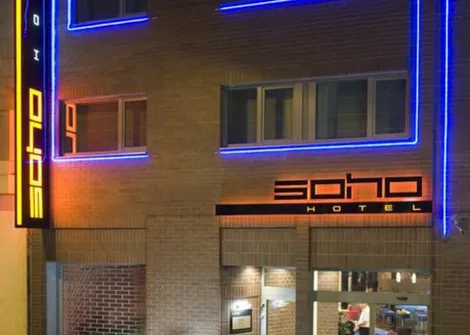
Soho Boutique Hotel
Hungary, Budapest
1902 reviews
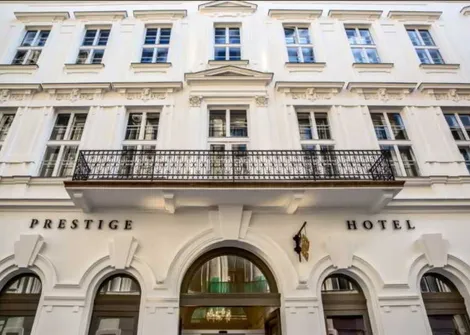
Prestige Hotel Budapest
Hungary, Budapest
3110 reviews
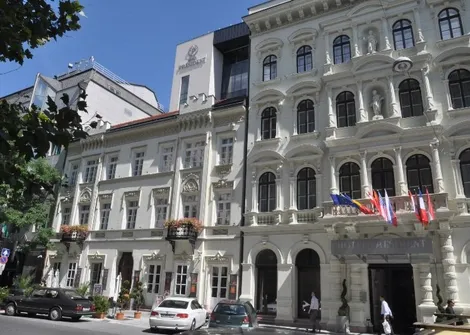
President
Hungary, Budapest
1709 reviews
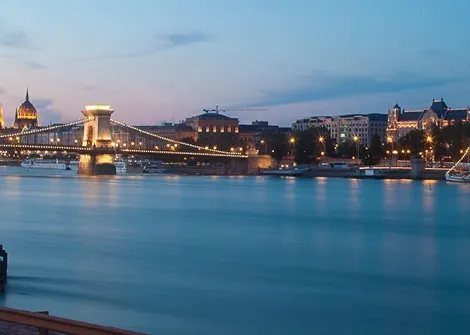
InterContinental Budapest
Hungary, Budapest
4380 reviews
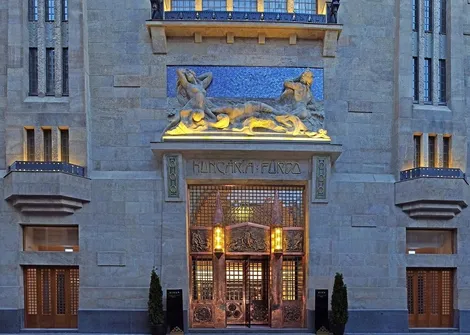
Continental Hotel Budapest (ex Continental Hotel Zara)
Hungary, Budapest
5604 reviews
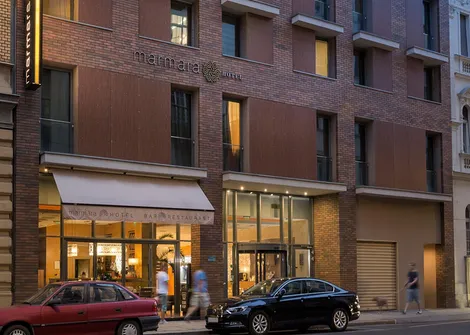
Marmara Design Hotel
Hungary, Budapest
2182 reviews
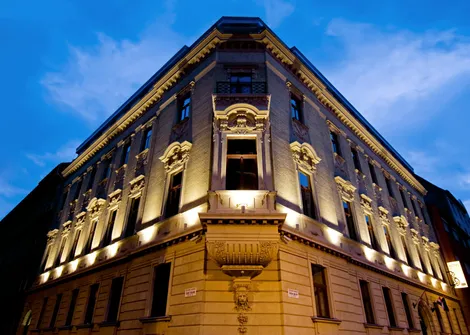
Eurostars Palazzo Zichy
Hungary, Budapest
6489 reviews
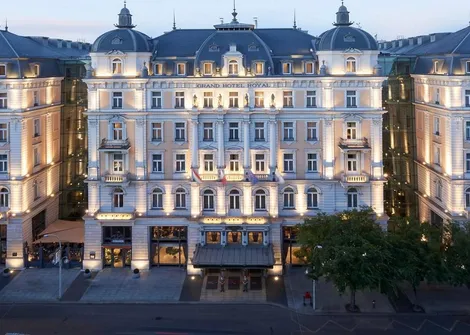
Corinthia Budapest
Hungary, Budapest
9313 reviews

K + K Hotel Opera
Hungary, Budapest
4123 reviews
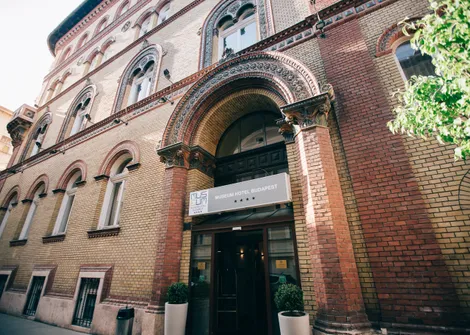
Hotel Museum Budapest
Hungary, Budapest
2397 reviews
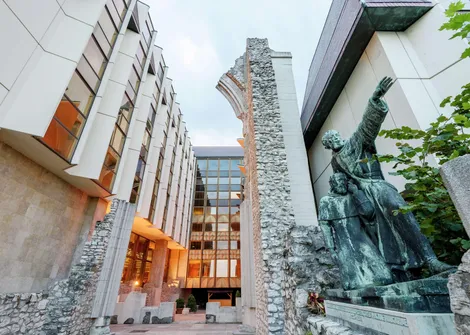
Hilton Budapest
Hungary, Budapest
5690 reviews
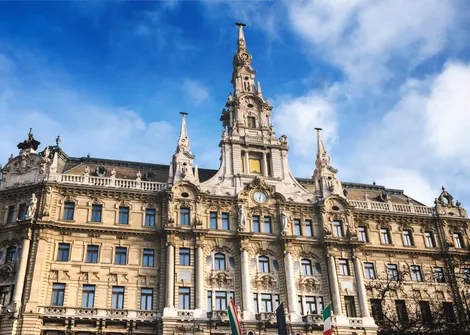
Anantara New York Palace Budapest
Hungary, Budapest
4639 reviews

Ikonik Parlament
Hungary, Budapest
3471 reviews
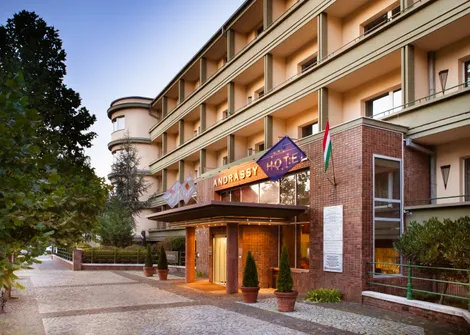
Mamaison Hotel Andrássy Budapest
Hungary, Budapest
1499 reviews


